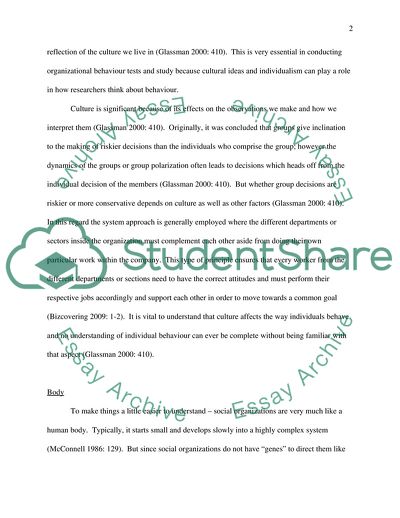Cite this document
(Organizational Behavior Assignment Example | Topics and Well Written Essays - 1500 words, n.d.)
Organizational Behavior Assignment Example | Topics and Well Written Essays - 1500 words. https://studentshare.org/ethics/1730417-organizational-behavior
Organizational Behavior Assignment Example | Topics and Well Written Essays - 1500 words. https://studentshare.org/ethics/1730417-organizational-behavior
(Organizational Behavior Assignment Example | Topics and Well Written Essays - 1500 Words)
Organizational Behavior Assignment Example | Topics and Well Written Essays - 1500 Words. https://studentshare.org/ethics/1730417-organizational-behavior.
Organizational Behavior Assignment Example | Topics and Well Written Essays - 1500 Words. https://studentshare.org/ethics/1730417-organizational-behavior.
“Organizational Behavior Assignment Example | Topics and Well Written Essays - 1500 Words”. https://studentshare.org/ethics/1730417-organizational-behavior.


